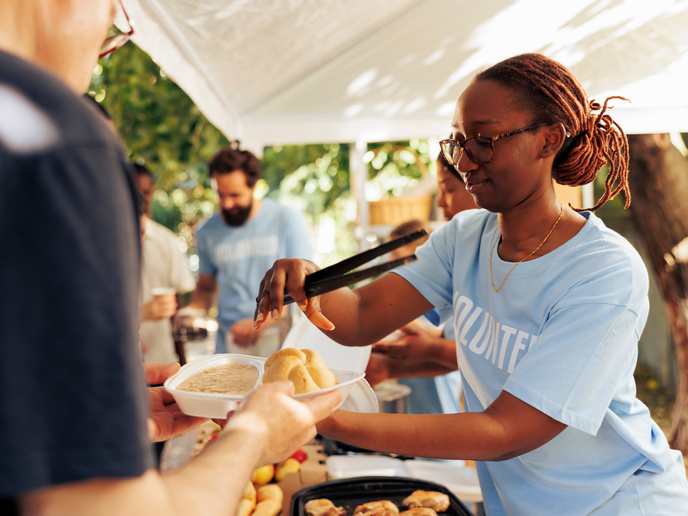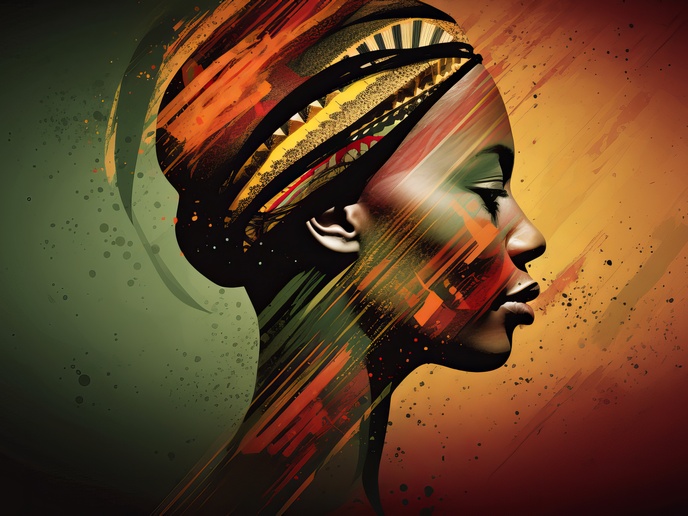An anthropological and statistical approach to studying religious diversity
Around the world, and critically within the borders of the EU, waves of migration are leading to greater plurality in urban communities. Understanding how diversity shapes identity is a critical task for modern political institutions. The RELCAPETOWN project, undertaken with the support of the Marie Skłodowska-Curie Actions programme, analysed census data and other resources to develop Cape Town as a case study within the anthropological superdiversity framework.
Through the lens of superdiversity
Steven Vertovec first introduced the concept of superdiversity in 2007. By digging past a broad category such as ethnic origin and exposing granular differences in immigrant communities, the superdiversity model offers a more nuanced understanding of identity. For example, immigrants in a given environment with a shared ethnicity may be legal citizens, undocumented, refugees or asylum seekers. These aspects, along with many other sociological factors, impact the identity of individuals and communities. Maria Sklodowska-Curie Fellow Carmelo Russo applied the superdiversity framework to the study of religious diversity in South Africa. Russo states: “The purpose was to use religious belonging and adherence to plot the religious South African and Capetonian landscape in connection with other indicators emerging from census data, such as population groups, migration patterns, average annual household income, and level of education.”
Cape Town as case study
Some attention has been paid to African immigration to European cities, but exploring immigration patterns within Africa has been overlooked. Cape Town is an ideal case study because new waves of immigration following the end of apartheid in 1994 have led to a super diverse environment. With the availability of rich statistical resources, Russo envisions Cape Town as a case study available for further research and reflection by anthropologists. Russo analysed a wide array of statistical data, including the South Africa Census data from 2001 and 2011, a 2016 Community Survey and a breakdown of Cape Town population and households by subcouncil from 2001 and 2011. Additionally, the project included quantitative data in the form of oral interviews, as well as exploration of the Cape Town Interfaith Initiative website.
A focus on religious diversity
While there has been much scholarly interest in applying the concept of superdiversity to anthropological studies, a focus on religious superdiversity has been lacking. RELCAPETOWN focused on three Cape Town subcouncils, geographically defined areas made up of a limited number of neighbouring wards. Subcouncils 15, 16 and 20 were selected because of an impressive presence of old and recent migrants’ religious places. The project builds on 2016 applications of the superdiversity model by scholars in Germany and Italy. This work connected religious practice to a spatial context. Researchers Becci, Burchard, and Giorda identified three types of spatial strategies: place-keeping, place-making and place-seeking. By applying this approach to communities in Cape Town, Russo adds to the discussion of the nature of place-building in the context of religious superdiversity. The story of how religious spaces grow and change and coexist is an important part of how identity unfolds in dynamic communities. RELCAPETOWN matters to Europe. According to Russo: “The project can positively influence and impact European society because it shows the various issues related to migration, removing them from the dangers of stereotypes.”
Keywords
RELCAPETOWN, religious diversity, migration, Cape Town, anthropology, superdiversity







